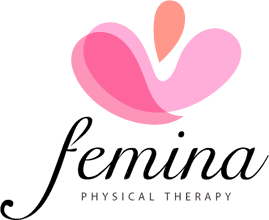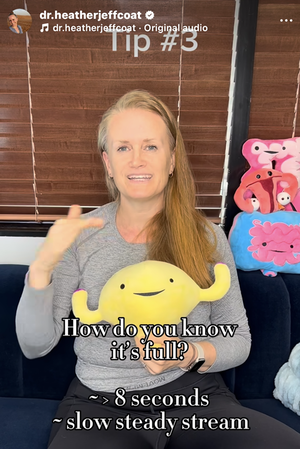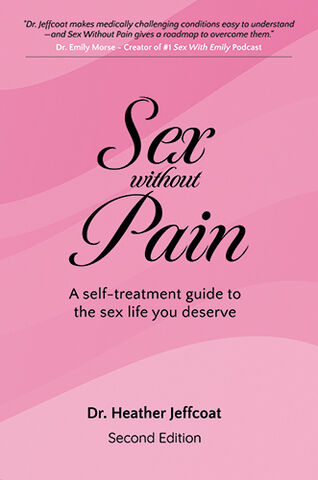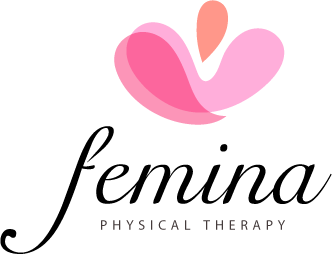November is Bladder Health Awareness Month | Femina Physical Therapy Newsletter Issue 212
The Latest From the Blog and More
Click here to see all of our
current treatment options
about us | treatments | resources | media | blogThis Week at Femina Physical Therapy

Here Come the Holidays!
November is Bladder Health Awareness Month
November is Bladder Health Awareness Month, and one time of life women start to experience issues with their bladder is during pregnancy and postpartum. We’ll be highlighting other times of life and health conditions that tend to present with bladder problems later in the month. Keep checking out our newsletters in the coming weeks as we discuss endometriosis, menopause and more. Forward our newsletters to friends and encourage them to sign up, too! With only up to 4 newsletters per month, we respect your inbox and your time and cut to the chase on all things pelvic and women’s health.
To start off, it’s always great to educate yourself on the basics of bladder health - and I did just that in a recent post on instagram.
When it comes to pregnancy and postpartum bladder and pain issues, we understand this can create some fear -
“will I always have pain (or leak, or feel this pelvic pressure)?”
"will I be able to run again?”
“‘will I ever get better?”
Some common pelvic health conditions we see in our office are highlighted in our recent blog articles below. Also, be sure to scroll the bottom of the newsletter for this week's discount on pregnancy and postpartum support gear.
Start with Anna Larson, DPT’s article on demystifying the pelvic floor in her article that provides some anatomy education and what happens after giving birth.
Then read our article on restoring sexual function after childbirth. Yes, sexual dysfunction is common…but it does NOT have to be your new normal.
You don’t need to be afraid of the changes that happen postpartum. There is Pelvic Floor Physical Therapy for so. many. Postpartum conditions. You just need to know where to look. And we are here for you.
As always thank you so much for being a subscriber to our newsletter, and remember that you can also stay in touch by following us on InstaGram at @feminapt and @dr.heatherjeffcoat.
That's it for now, see you next week!
Heather
Featured Content from the Femina PT Website
What is the Pelvic Floor and What Happens After Giving Birth?
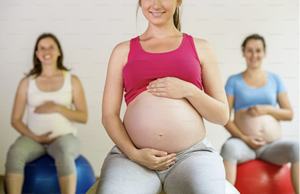 The pelvic floor is a crucial yet often overlooked part of our anatomy. It is a group of muscles akin to a hammock, starting from the pubic bone to the tailbone, which help to support our pelvic organs and contribute to overall core strength and stability. These muscles also act to control the opening and closing of our urethra and anus to allow urine and feces to eliminate, and stay continent (Raizada 2008). Last but certainly not least, the pelvic floor also plays a role in sexual function. For women, the pelvic floor assists with arousal and orgasm as it is in close proximity with the clitoris (Rosenbaum 2007). The pelvic floor undergoes remarkable changes during and after pregnancy, impacting both physical health and daily life.
The pelvic floor is a crucial yet often overlooked part of our anatomy. It is a group of muscles akin to a hammock, starting from the pubic bone to the tailbone, which help to support our pelvic organs and contribute to overall core strength and stability. These muscles also act to control the opening and closing of our urethra and anus to allow urine and feces to eliminate, and stay continent (Raizada 2008). Last but certainly not least, the pelvic floor also plays a role in sexual function. For women, the pelvic floor assists with arousal and orgasm as it is in close proximity with the clitoris (Rosenbaum 2007). The pelvic floor undergoes remarkable changes during and after pregnancy, impacting both physical health and daily life.
Read more: What is the Pelvic Floor and What Happens After Giving...
Barriers to Restoring Sexual Function After Childbirth
Disclaimer: This blog post is based on research performed on cis-gendered women
Many women are told at their 6 week postpartum follow-up, that they are cleared for sexual intercourse, however, most women do not return to sexual intercourse at this time frame, for several reasons1,2. If this is you, you are not alone, and you are actually in the vast majority. During this unique time in a woman’s life, she is experiencing physical, emotional, and relational changes that all influence a woman’s sexuality. Physically, many women experience pain with sex, lack of desire, and decreased lubrication2. One of the biggest causes found to contribute to these symptoms was hormonal changes related to whether a woman is breastfeeding during the postpartum period or not. While breastfeeding can offer a host of benefits, for mom and baby, it can be a cause of pain with sex because of the decreased sex hormones impacting the tissue of the vagina and vulva2,3, leading to a condition called vulvodynia (For more information about this condition, and if this sounds like you, check out this blog post to learn more .)
Read more: Barriers to Restoring Sexual Function After Childbirth
Products We Love
One of our FAVORITE postpartum garment companies is SRC Health. And you can get an AMAZING discount by entering code FEMINA at checkout here. With medical-grade compression, their postpartum leggings are perfect for those upcoming fall and winter deliveries and supporting your abdomen and pelvic floor during those first 12+ weeks after delivery.
What Our Patients Say
Jill K. / Pelvic pain
I have been working with Erin since 2009; through 2 cervical fusions and chronic hip and pelvic pain. I trust her implicitly. She truly is a miracle worker. Because of her, I am able continue daily pilates three times per week without pain or injury.
Thank you Erin
FeminaPT.com | Contact Us
Femina Physical Therapy
Click here for our locations in the Greater Los Angeles Area
ph: 818-877-6910
subscription management










